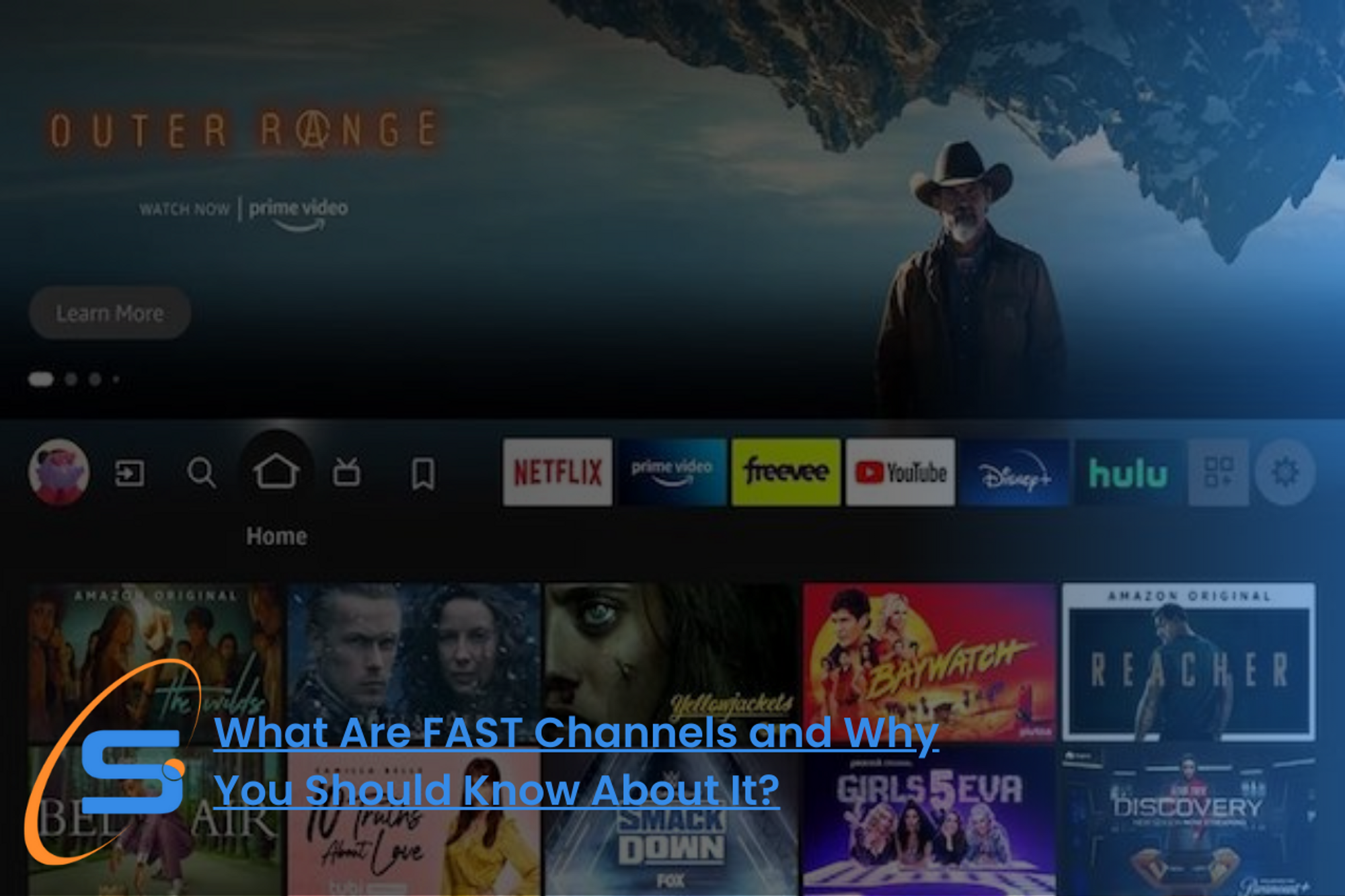OTT Streaming
Our success stories
+0
SupremeTech & Enlyt Showcase CloudTV Streaming Solution at Inter BEE 2024
SupremeTech, along with our partner Enlyt, is excited to present CloudTV, our advanced streaming platform, at Inter BEE 2024. This event is a great chance for us to connect with other professionals in media and technology. We aim to show how CloudTV can help businesses deliver smooth and high-quality streaming to their audiences. Through CloudTV, we’re ready to make streaming easier and more accessible. Inter BEE 2024 is held between November 13 and 15, 2024. Let's join us! About Inter BEE 2024 Inter BEE, or International Broadcast Equipment Exhibition, is one of Japan’s biggest media and tech events. It takes place at Makuhari Messe and marks its significant 60th year in 2024. This exhibition gathers thousands of visitors and exhibitors from around the world. They include professionals from video, audio, and digital media industries. Over 1,000 exhibitors are part of this year’s event, and they bring their latest tools and ideas in content creation, delivery, and audience engagement. Inter BEE also includes unique interactive spaces, like INTER BEE CINEMA, which focuses on new film production tools, and the INTER BEE AWARD, which celebrates top media innovations. This setup makes Inter BEE a place where the latest trends and future ideas come together. Introducing CloudTV, our custom OTT streaming solution CloudTV is a flexible streaming solution that SupremeTech has created for businesses. Built on strong cloud technology, CloudTV lets businesses create their own streaming platforms quickly and easily. It allows for high-quality video streaming that can be viewed on any device—smartphones, computers, or smart TVs. CloudTV is also secure and easy to customize, so each business can make the platform look and feel their own. CloudTV solves problems around scaling and technical complexity. Whether a business is large or small, CloudTV’s setup makes streaming simple and reliable. By supporting the latest streaming standards, CloudTV ensures great video quality across different screens and devices. This makes CloudTV a smart choice for businesses that want to reach viewers with a smooth and simple streaming experience. Get in Touch with SupremeTech If you’re interested in a streaming solution that is simple, reliable, and flexible, come visit our booth at Inter BEE 2024. We’re ready to discuss how CloudTV can help meet your unique streaming needs. You can also reach out to SupremeTech directly to explore how we can create a custom streaming platform for your business. Let’s work together to make streaming easy and engaging with CloudTV.
14/11/2024
731



























